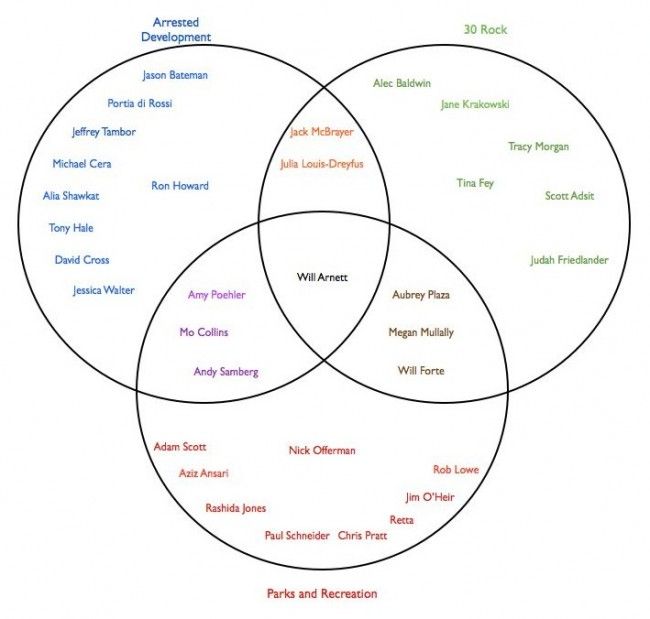Types Of Rocks Venn Diagram

Start studying rock types venn diagram.
Types of rocks venn diagram. Various types of rocks diagram are made for different purposes. May form many kilometers below the surface 5. May form at a temperature of 400oc 10. Igneous rocks are actually cooled and hardened magma.
Present on earth 2. Included in this product. A venn diagram also called primary diagram set diagram or logic diagram is a diagram that shows all possible logical relations between a finite collection of different sets these diagrams depict elements as points in the plane and sets as regions inside closed curves. Can be deposited in running water 9.
Rocks and minerals bring your science journal to life using these rocks and minerals interactive notebook pages. 13 pages are included 5 are example pages from my personal inb. Rocks and minerals venn diagram properties of minerals accordion pull out luster strea. They re actually cool in another way.
Classification of this these rock type s considers texture 7. Form exclusively at or near the surface 4. You can edit this venn diagram using creately diagramming tool and include in your report presentation website. That means that igneous rocks are formed when molten rock from deep within the earth rises to the surface lava and cools.
While some are made for geologists who need to be able to keep a track of their discoveries and the types of rocks in the earth and on the ground others are made for students who are taught about these types of rocks and the types of rocks diagram hence differ for both groups. Minerals of igneous rocks tell students to place the venn diagram below the igneous rock mat. Igneous rocks are more than just a cool name. The first type of rock on this list are the igneous type of rocks.
Learn vocabulary terms and more with flashcards games and other study tools. A venn diagram consists of multiple overlapping closed curves usually circles each representing a set. Tell students that the reason for the difference in colors will be more obvious after they have examined the minerals that make up the rocks. The rocks in the red column are darker and are basaltic.



















